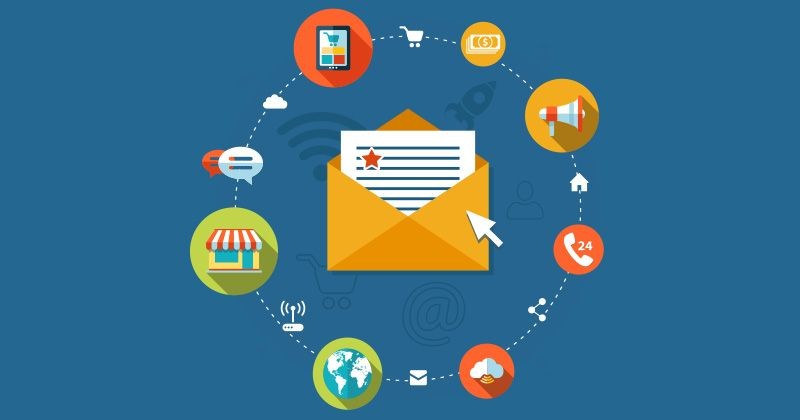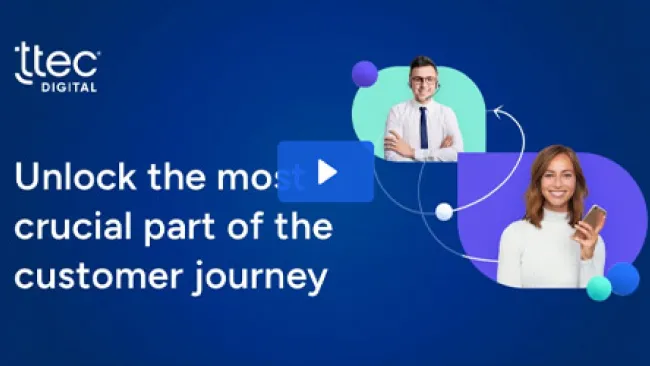When developing and executing customer-focused strategies, there are two critical perspectives. One is the perspective that yields new fact-based customer insight from business data to address specific business issues, called customer intelligence. The other is the view that captures the “voice of the customer,” the customers’ perceptions of an organization’s brand promise to them along with their interaction needs and requirements, called customer experience. Both should be key components used to establish the current state and desired future state in executing successful customer-centric strategies.
Visualizing interactions
One way to show the intersection of these two perspectives is by using what Peppers & Rogers Group calls a Customer Touchmap. It follows a methodology that begins by capturing every touchpoint customers have with the enterprise across all possible communication channels. Walking step by step through each interaction sequence or process in a customer’s life cycle—sign up, purchase, query, follow-up, complaint, etc.—it identifies the relevant importance and effect of that touchpoint for the existing relationship and shows a desired customer experience from the customer’s perspective.
The Customer Touchmap is best illustrated by a small example that shows its use in establishing or fine tuning a customer-centric strategy.
In every case the Customer Touchmap confirms what theoreticians have said for years: The most important touchpoint is the human one—and it is the one we typically concentrate least on using effectively.
No matter how well-founded and brilliant our actions aimed at understanding the needs of our customers, we tend to neglect investigating how these activities affect the needs of our customer-facing staff. Although a company will go to great lengths trying to divine a customer’s propensity to buy or leave, once these recommendations are transferred to the staff, typically the customer intelligence chapter is considered closed, giving way to immediate expectations of great results.
And then a miracle happens…?!
It amazes me how often this occurs. Staff is hired to do specific jobs that involve specific tasks and employees are rewarded based on successful completion of those tasks. But our staff is only human: People will always seek the easiest way to complete their jobs. They are usually not going to go out of their way to make it complicated or volunteer to take on unnecessarily more—that’s basic human nature.
Normally, being “customer focused” is applied “on top” of normal duties, as in “more to do” without extra compensation or meaningful recognition. This fundamental flaw often dooms the entire initiative to failure.
Rarely is staff hired or trained specifically to “improve the customer experience” or “retain customers” or “maximize cross-sell opportunities.” But these are exactly the types of responsibilities we ask them to take on with the introduction of a customer-centric approach. They may balk not only because of the added work, but also because it’s not part of the job for which they were hired, which they understand, or for which they are being compensated.
In other words, their behavior is perfectly normal. Some of them will go on to try to achieve higher goals despite the hurdles we unwittingly put in their path, but only some. For the others, we need to answer their unasked question: “What’s in it for me?” Most customer-centric strategies do not take into account that they must make the job of dealing with the customer easier, more effective, and more profitable and rewarding for the employee. Normally, being “customer focused” is applied “on top” of normal duties, as in “more to do” without extra compensation or meaningful recognition. This fundamental flaw often dooms the entire initiative to failure.
Because each of us is different
We need to recognize that, like our customers, our staff also needs to be treated “differently” when implementing customer-centric initiatives. This is not about differentiating based on success; after all, some measure of success is always used within an organization (a bonus scheme, a personal review, etc.). I mean making distinctions to account for the various ways that employees approach their jobs, organize their days, interact with others, and use techniques to increase their productivity. This view of staff involves looking at measurable traits of behavior to understand what types of staff we have so we can determine how to help them “get their jobs done more easily” through focused use of a customer-centric strategy. This could involve providing information in a form that better suits the interaction style of the staff member, redesigning or automating different parts of the interaction process to make it easier and more efficient, or it could mean surfacing totally new intelligence about the customer and recommending actions—such as a next best conversation—designed not only to achieve the company’s goals, but also to lead to a positive, memorable experience for both staff and customers.
A classic example of this was a project I worked on for a major insurance company selling non–life insurance products. The company wanted to help its insurance associate be more successful in their interactions with clients. It had the traditional measures of “success” (targets by product) and a traditional way of rewarding “correct” sales behavior (a compensation plan) and had already used customer intelligence to set those targets. But the firm wanted to make the plan more efficient by making “next best product” recommendations based on advanced insight. For this, it needed a small amount of additional information about the customers for the company to be able to make a highly probable suggestion. It was determined that the best and least disruptive way to get the required information was to have the insurance associates ask a few key questions—differentiated for each identified customer type, of course—during their regular client interactions. The firm implemented an online application for presenting the questions and collecting the answers and then rolled it out to the sales force.
However, It was an utter disaster. Not only did the “best” associate not use it, they hated it and, fortunately for their employer, they complained bitterly because it didn’t help them do their jobs more easily. As a matter of fact, it was an obstacle to progress, an unwanted interruption, and a failure point. As it turns out, the associates had developed a very familiar and conversational style with their customers and objected vehemently to having the computer intrude on and disrupt their personal client chats.
Now that’s something we can work with
We already knew that there was significant divergence between this insurance company’s customer groups, but when we worked up the Customer Touchmap, we suddenly gained a clear understanding of the relevance of each human touchpoint. After capturing not only the voice of the customer, but also interviewing the associates, we discovered that there were vast dissimilarities among the insurance representatives, specifically in terms of how they approached the customer interaction. And we concluded that the associates were neither “wrong” nor “right” in their approaches, but that those approaches simply required differentiation in execution.
We then took a very straightforward step: We segmented the associates by interaction style and usage preferences. In this case, for the associates who were qualified as “good sellers” but who didn’t want to use a computer in their chats with clients, we generated the suggested recommendations—along with those “golden questions” that would allow us to even better identify further clients’ needs—on paper. These were sent to the associates every Saturday for the week following, along with a return envelope for all the results that needed to be contributed by the following Friday evening (on pain of reprimand). Given the option, virtually the entire group of “non-computer/good sellers” chose to use the paper form rather than completely change their style of interaction with the clients.
Because the Customer Touchmap had allowed us to determine the type of contact that both the customer and the associates preferred, and guided us to the appropriate form in which to present the customer insight to the associates, the value of that information could be realized fully to facilitate the way they did their jobs. The associates who actually used the customer insight during their “normal” interactions with clients exceeded their targets faster, and they didn’t have to work harder to do it: The easy-to-implement customer insights richly rewarded the small additional effort with much effective selling. And the clients only noticed that the offerings presented to them were well-suited to their needs.
A fantastic discovery tool
When building customer engagement, organizations need to analyze all their touchpoints, and most important, their human touchpoints. The Customer Touchmap is one effective method not only for better understanding a customer’s requirements and optimizing interactions, but also for identifying strategies for bonding the human touchpoint—our customer facing staff—at all levels.
















